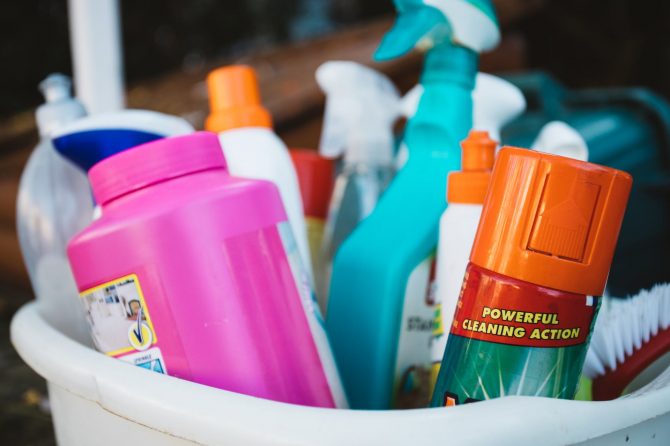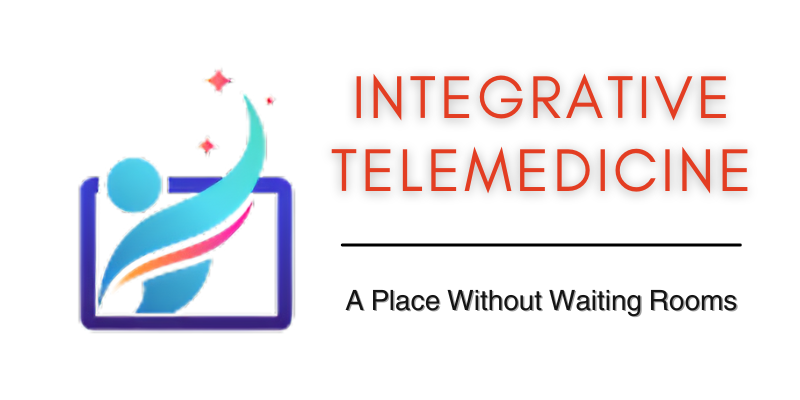
Mitigating Harmful Chemical Exposure
Exposure to harmful chemicals is an unfortunate reality for many individuals. Whether at home, work, or in the environment, these substances can pose serious health risks. Understanding and mitigating harmful chemical exposure is crucial for promoting well-being and ensuring a healthy living environment.
Identifying Common Harmful Chemicals
To effectively address the issue, it’s essential to first identify the common harmful chemicals that individuals may encounter in their daily lives. Awareness is the first step towards prevention. Some prevalent culprits include:
-
Pesticides and Herbicides
Found in agricultural products, these chemicals can make their way into our homes through contaminated food and water sources.
-
Household Cleaning Products
Many cleaning products contain harsh chemicals that, when used without proper ventilation, can lead to indoor air pollution.
-
Industrial Chemicals
Individuals working in certain industries may be exposed to hazardous substances, emphasizing the importance of workplace safety measures.
Effects of Harmful Chemical Exposure
Understanding the potential health effects of exposure is paramount for individuals seeking to protect themselves and their families. Some common health issues associated with harmful chemical exposure include:
-
Respiratory Problems
Exposure to airborne chemicals can lead to respiratory issues, ranging from mild irritation to severe conditions such as asthma.
-
Skin Disorders
Contact with certain chemicals can cause skin irritation and may contribute to the development of chronic skin disorders.
-
Cancer Risks
Prolonged exposure to certain carcinogens increases the risk of developing various types of cancer.
Mitigation Strategies
Now that we’ve identified common harmful chemicals and their potential effects, let’s delve into effective mitigation strategies to reduce exposure:
-
Choose Natural Cleaning Products
Choose environmentally friendly and natural cleaning products to minimize exposure to harsh chemicals in your home.
-
Practice Safe Handling at Work
If you work in an industry where chemical exposure is possible, ensure you adhere to safety protocols and wear appropriate protective gear.
-
Implement Integrated Pest Management
Embrace practices that minimize the use of pesticides, such as integrated pest management, to reduce chemical exposure from food sources.
Creating a Healthy Living Environment
In addition to individual efforts, creating a healthy living environment requires collective action. Governments, industries, and communities can work together to:
-
Regulate Chemical Use
Implement and enforce regulations that restrict the use of harmful chemicals in various industries, ensuring safer products for consumers.
-
Promote Environmental Education
Educate the public about the impact of harmful chemicals on the environment and human health, fostering a sense of responsibility towards sustainable practices.
-
Invest in Research and Development
Allocate resources to research and develop alternative products and technologies that are less harmful to both human health and the environment.
Mitigating harmful chemical exposure is a shared responsibility that requires individual awareness and collective action. By understanding common chemicals, their effects, and implementing effective mitigation strategies, we can create a healthier and safer environment for ourselves and future generations.
Remember, knowledge is power. Stay informed, take proactive measures, and contribute to a world where harmful chemical exposure is minimized. Together, we can make a significant impact on the well-being of individuals and the planet.
To wrap up, remember that maintaining a healthy lifestyle is an ongoing commitment. By following these guidelines, you can enhance your overall health, ensuring a happier and more productive life.
Our physicians will perform a comprehensive evaluation of your condition in order to determine which treatment might be best for you. They will explain your options so that you can make a decision you’re most comfortable with.
If you have any questions or would like to schedule a consultation, call our friendly staff today at (520) 396-4866 or fill out our online request form. We look forward to being your healthcare partner.
Leave a reply